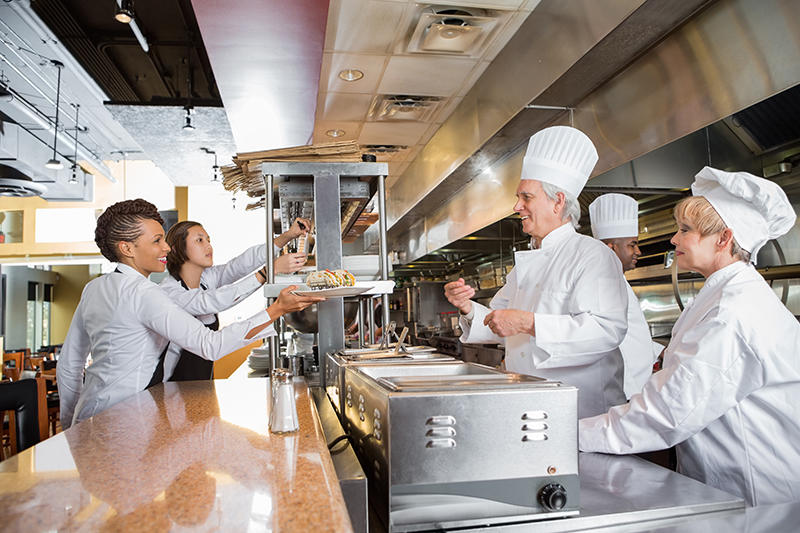Employment Snapshot
Employment levels in the Food and Beverage Services industry increased between 2002 and 2019 before declining significantly between 2019 and 2020, with both the Pubs, Taverns and Bars sector, and Clubs (Hospitality) sector recording the lowest employment levels of this reporting period in 2020 (at 47,700 and 32,400 respectively). Employment levels increased in the following two years, with Pubs, Taverns and Bars more than doubling to 97,500 in 2022 and Clubs (Hospitality) recording a 35% increase to 43,900 in 2022, yet both figures remain below their respective peak numbers of 2019. Employment levels across these two sectors are projected to grow by 2025.
While a notable decline was also recorded between 2019 and 2020 for the Cafes, Restaurants and Takeaway Food Services sector (down 22%), employment levels have since increased by more than 32% to peak at 656,500 in 2022 and are projected to increase further to 695,700 by 2025.
Employment levels for the occupations of Kitchenhands, Fast Food Cooks and Chefs increased overall between 2002 and 2019 and declined in 2020 before increasing to peaks in 2022 of 145,100, 60,000 and 113,700 respectively. While the employment level for Fast food Cooks is projected to increase further to 67,200 by 2026, the occupations of Kitchenhands and Chefs are projected to decline over the same period.
Bakers and Pastrycooks employment levels have fluctuated since 2002, increasing to 37,000 in 2019 and declining to 22,900 in 2020 before increasing to 38,400 in 2021. Levels decreased in 2022 to 36,500 and are projected to decline further to 30,800 by 2026. Employment levels for the occupation of Cooks have also fluctuated, with a low of 32,900 in 2003 and 2004 and a peak of 48,100 in 2018. Levels declined to 40,700 in 2022 and are projected to increase to 45,200 by 2026. Food Trades Assistants have had steady growth since 2017, rising to a peak of 9,800 in 2022 and are projected to decline to 8,400 by 2026.
Within the Cafes and Restaurants sector, the highest proportion of people were employed as Waiters (25%), Chefs (15%), and Cafe and Restaurant Managers (14%). Growth is predicted across all occupations within the Cafes and Restaurants sector to 2026, with Cafe and Restaurant Managers and Fast Food Cooks projected to have the most significant increases (at 27% and 18% respectively).
In the Takeaway Food Services sector, the occupation of Sales Assistants (General) had the highest proportion of employment at 32%, followed by Kitchenhands (16%) and Fast Food Cooks (15%). Cafe and Restaurant Managers are projected to experience the biggest growth to 2026 (up 27%), followed by Fast Food Cooks at 18%.
For the Catering Services sector, Kitchenhands make up the largest share of the sector (21%) followed by Chefs (14%), with employment levels for Chefs projected to increase by 14% to 2026. Cafe and Restaurant Managers make up 11% of the workforce within this sector and have the greatest projected increase in employment levels, with 27% growth projected to 2026.
All of the main occupations within the Accommodation sector are expected to grow by 2026, with the highest growth projected for Chefs at 14%, followed by Waiters at 12%. Bar Attendants and Baristas have the highest proportion of employment in the Pubs, Taverns and Bars sector at 30%, as well as in the Clubs sector (24%), and employment in this occupation is expected to grow by 8% in both sectors to 2026. The biggest projected increase in employment by 2026 in the Clubs sector is for Chefs (14%), and for Cafe and Restaurant Managers (27%) in the Pubs, Taverns and Bars sector.
